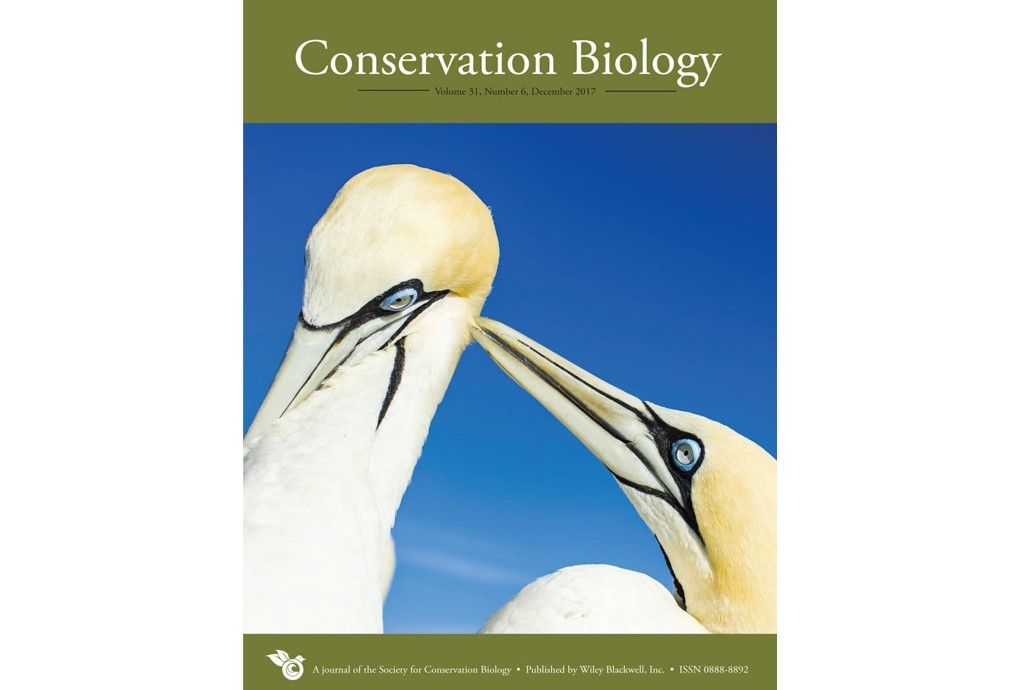Published in: Conservation Biology
Date published: April 2015
Authors: John G. Ewen1, Leila Walker1,2, Stefano Canessa3 and Jim J Groombridge4
- Institute of Zoology, Zoological Society of London, Regents Park, NW1 4RY, London, United Kingdom
- Department of Zoology, University of Cambridge, Downing Street, Cambridge CB2 3EJ, United Kingdom
- ARC Centre of Excellence for Environmental Decisions, School of Botany, The University of Melbourne, Victoria 3010, Australia.
- Durrell Institute of Conservation and Ecology, School of
Anthropology and Conservation, Marlowe Building, University of Kent, Canterbury, CT2 7NR, UK
Abstract:
Supplementary feeding is often used in species conservation: its provision is usually based with the aim of aiding population recovery, although this is rarely critically assessed. Supplementary feeding is often a knee-jerk reaction to population declines and has led to polarised views from managers on its usefulness. Here, we advocate a more strategic approach to supplementary feeding. We propose combining a set of specialist disciplines that will allow critical evaluation of the need, benefit and risks of food supplementation. We explain how, by using nutritional ecology, population ecology and structured decision making, conservation managers can better integrate supplementary feeding in recovery plans and reduce the risk of inefficient decisions. We conclude by providing a worked example of a supplementary feeding management problem faced by the New Zealand hihi, Notiomystis cincta, recovery group, showing how to use structured decision making to make transparent and defendable management decisions in regard to supplementary feeding.
Paper available open access from here: http://onlinelibrary.wiley.com/doi/10.1111/cobi.12410/abstract
